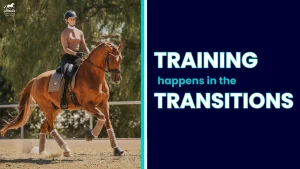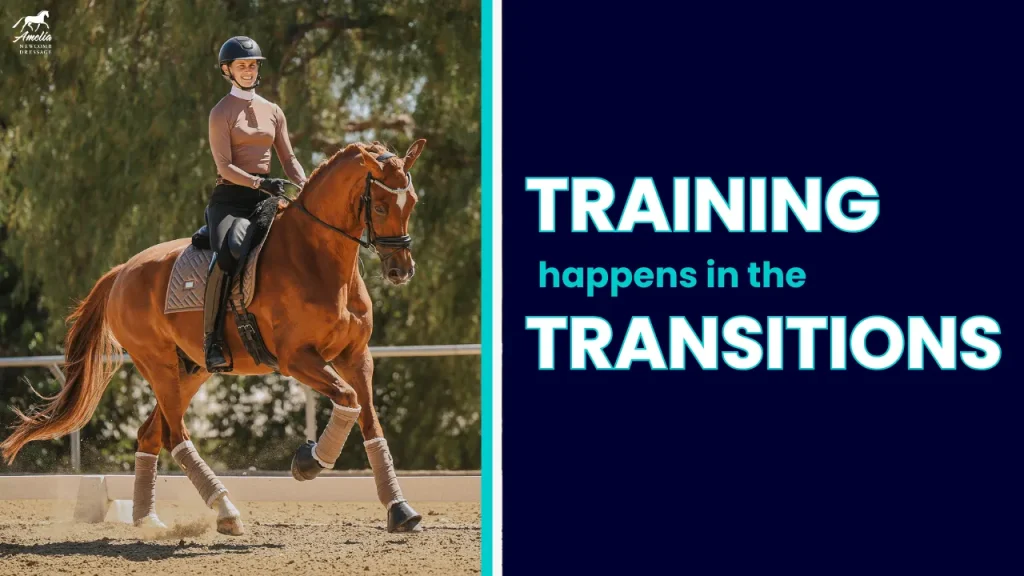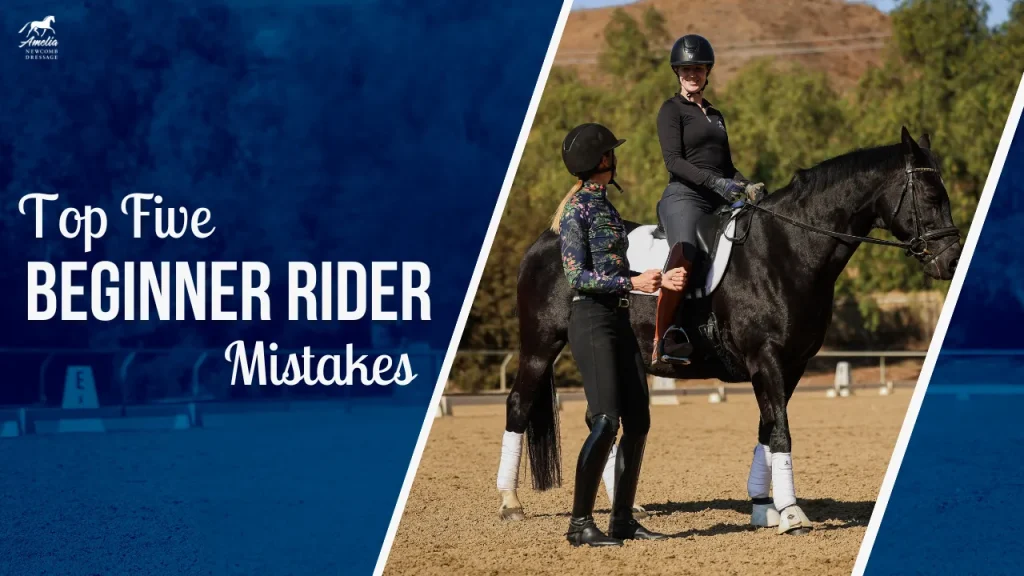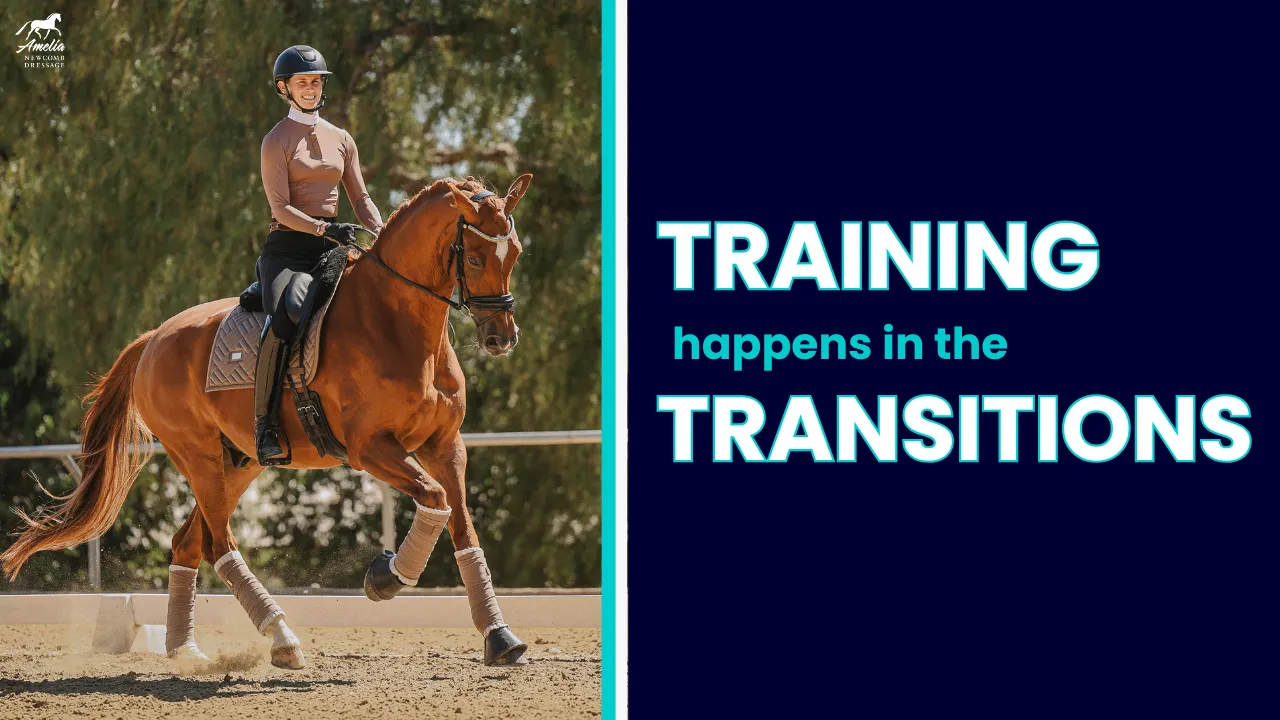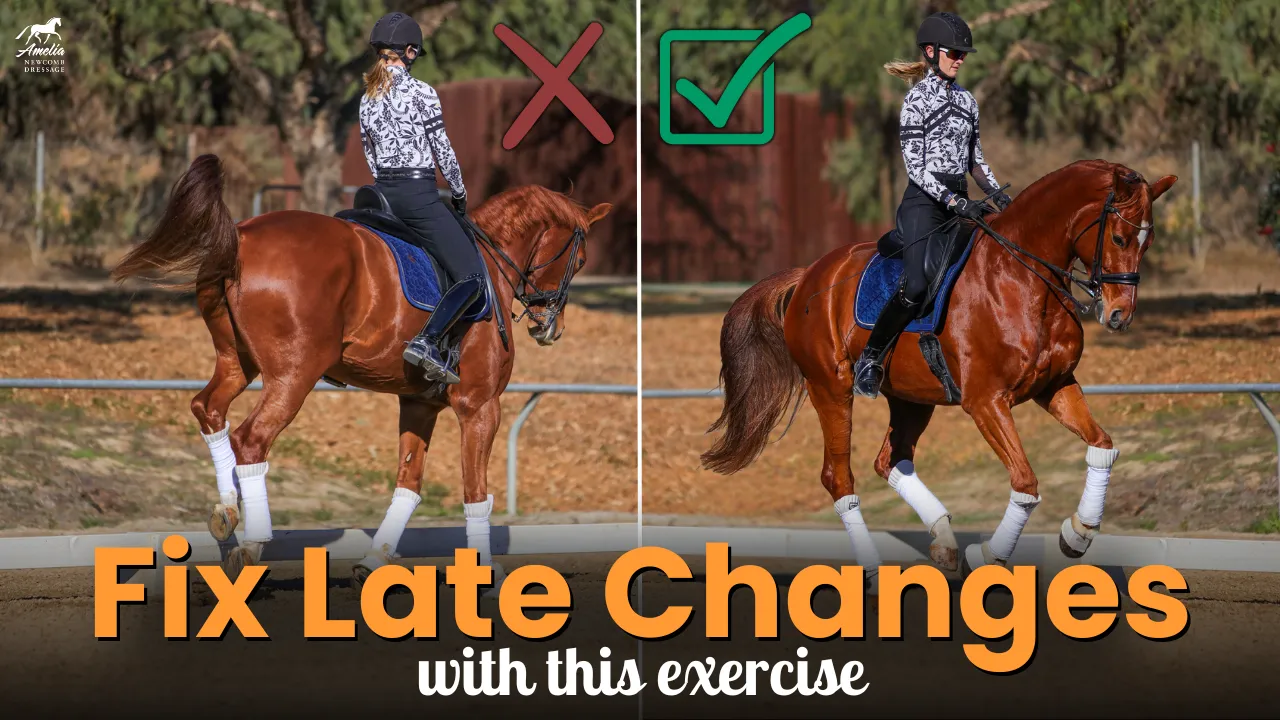In this video, we are talking about three exercises that are great for older horses. The older horse can be so generous because they can allow you to focus on your position, build your confidence after a bad experience, or help you learn if you are a newer rider. We want to ride them in a way that will make them last and remain comfortable.
Here are some tips to help with your older horse;
- Lots and lots of walking. The walk, which is a four-beat rhythm, always has at least one foot on the ground because it has no impulsion and, therefore, it has no suspension. The walk has much less wear and tear on your horse and less wear and tear on you too.
- For an older horse walking for at least 15 minutes before you trot is the best and, if you can, at least 5 of those minutes should be on a loose rein.
- Think about getting your horse marching forward. Feel them swinging through their back and through their hips. Your horse should walk like they are a runway model.
- Check-in on your position while you are walking.
Next, ride a gentle Serpentine;
- Gently take up the reins and start to think about lateral suppleness (bending). It’s ok to allow your horse to keep stretching down but remember to focus on equal bending from their poll along their spine.
- Your inside leg is your primary bending aid. Once your horse moves off of the inside leg, then use your outside rein and leg to guide your horse onto the next touch point. Circles and bending lines can help alleviate stiffness and help your horse become more supple.
The third tip is to trot slower and smaller;
- Give your older horse a little more time to start out by asking for a smaller slower trot, as long as your horse remains in front of the leg (meaning that you don’t feel like you have to keep kicking your horse to keep them going). Check in on your position, and think of a steady tempo and steady contact. I do let my horse stretch a little in the warm-up.
- Remember that tight turns are harder for older horses so start on longer lines and big circles.
- Do lots of walking and lots of walk breaks and add in different exercises based on your horses’ experience and abilities. In this video, I moved to leg yields in the walk and trot canter trot transitions.
- Remember to listen to your horse and that consistent work is better than having them just stand around. Even if you just walk there is less pounding on their legs, and it will help preserve soundness by getting them moving.
I hope these tips help you and your horse!
Happy Riding!
Amelia
P.S. Have you heard about my Free Groundwork Webinar coming up on February 2nd? It’s free to attend, but RSVP is required. You can save your seat for the webinar here.
